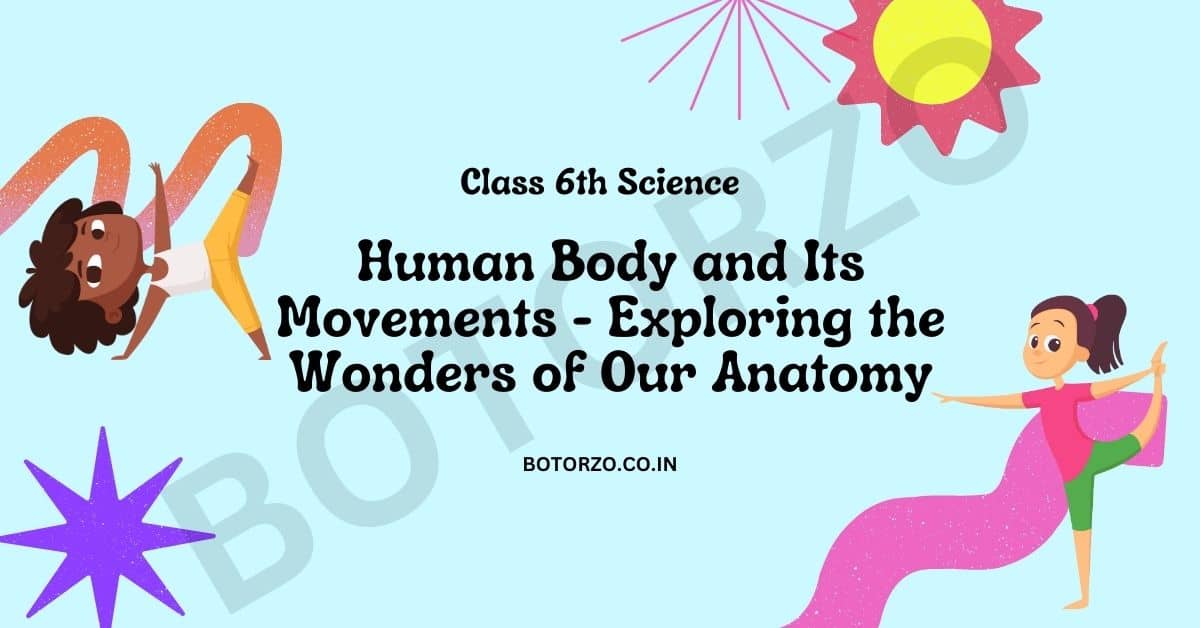
Introduction
The human body is an incredible machine that performs a myriad of movements every day. From the simplest action of blinking an eye to the complex process of walking and running, our bodies are designed for movement. In this article, we will delve into the fascinating world of the human body and its movements, specifically focusing on the topic taught in Class 6 Science.
Understanding the Musculoskeletal System
Before we delve into the mechanics of movement, it is essential to understand the musculoskeletal system, which forms the foundation of our body’s mobility. The system comprises bones, muscles, and joints, working together like a well-orchestrated symphony to allow us to move freely.
How Muscles Enable Movement
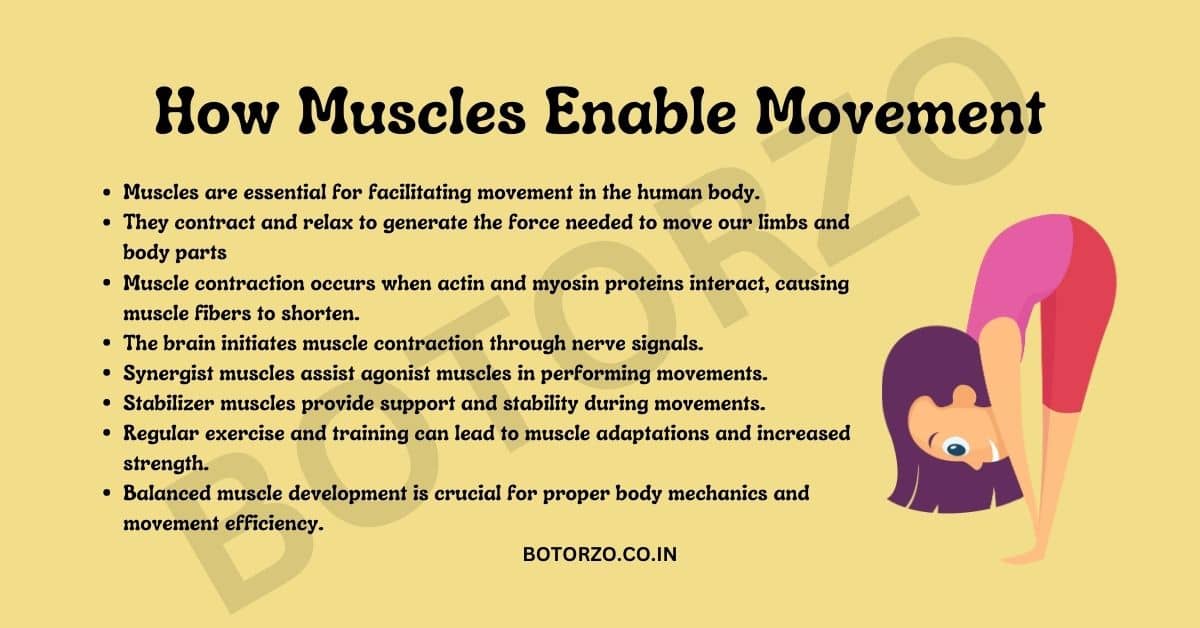
Muscles play a vital role in facilitating movement. They contract and relax, providing the force required to move our limbs and body parts. Understanding the types of muscles and how they work in pairs is crucial to comprehend the mechanics of walking and performing other activities.
The Role of Bones and Joints
Bones act as the support structure of our body, providing the necessary framework for movement. Joints, on the other hand, are like hinges that connect bones and allow them to move in various directions. We will explore the different types of joints and their significance in our daily movements.
Types of Movements
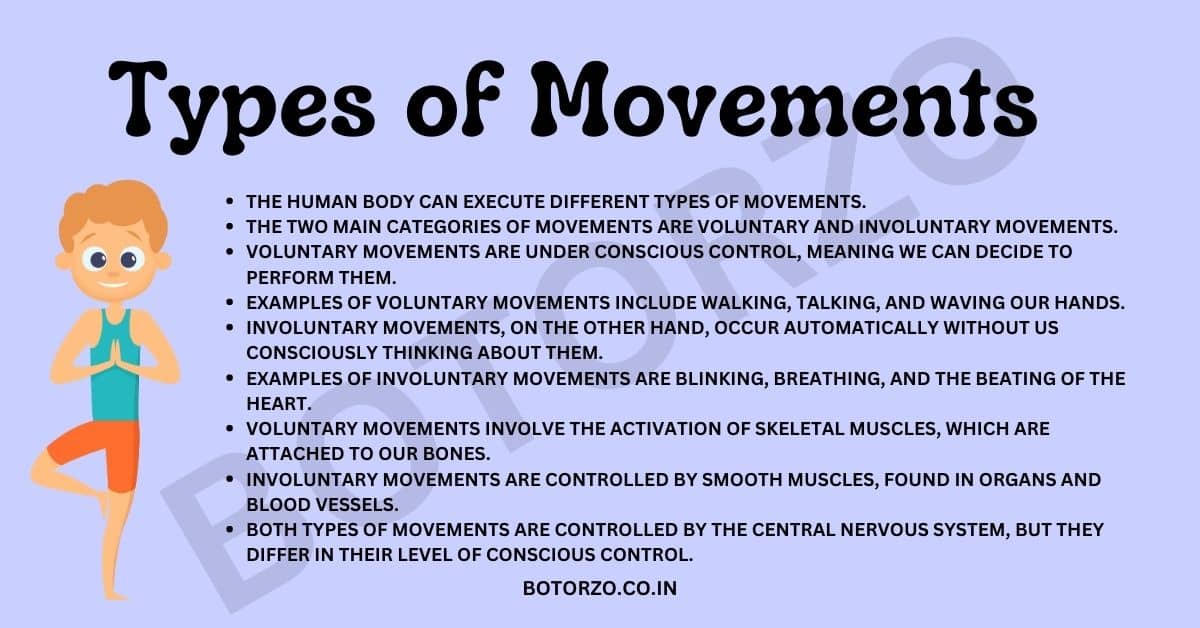
There are different types of movements that our body can execute. We will learn about the two main categories: voluntary and involuntary movements. Voluntary movements, as the name suggests, are under our conscious control, while involuntary movements are reflex actions that occur automatically without us thinking about them.
How the Nervous System Controls Movement
The nervous system acts as the master conductor, coordinating and controlling all our movements. We will discuss how the brain sends signals to the muscles through the spinal cord, enabling precise and coordinated movements.
How We Walk and Run
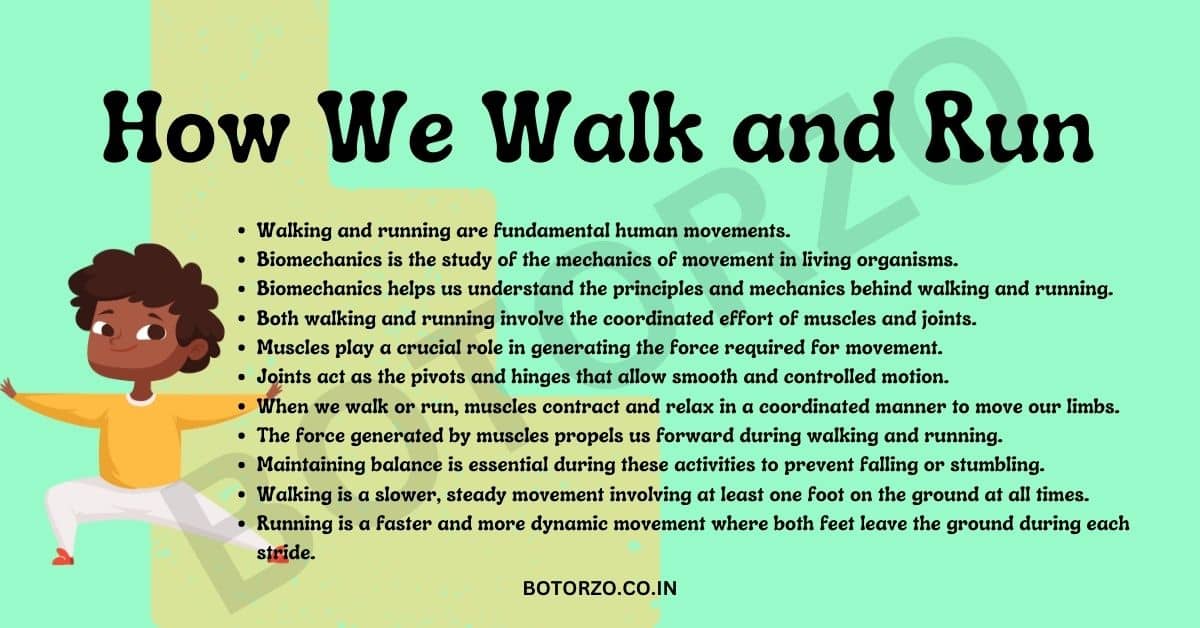
Walking and running are fundamental human movements. We will examine the biomechanics behind these activities, understanding how our muscles and joints work together to maintain balance and propel us forward.
Other Body Movements
Beyond walking and running, our bodies can perform a wide range of movements, from bending and stretching to jumping and climbing. We will explore the various movements that our body is capable of and how they contribute to our flexibility and agility.
The Importance of Exercise
Regular exercise is vital for maintaining a healthy and active body. We will discuss the benefits of exercise and how it strengthens our muscles, improves flexibility, and enhances overall well-being.
The Impact of Technology on Movement
In today’s digital age, technology has become an integral part of our lives. However, excessive screen time and sedentary habits can have detrimental effects on our body’s movement. We will address the importance of striking a balance between technology use and physical activity.
Common Movement Disorders
Some individuals face challenges in movement due to certain medical conditions or injuries. We will explore common movement disorders and how they can be managed with medical interventions and therapies.
Related Post: Sedimentation, Decantation, and Filtration
Sieving Method of Separation, Advantages and Disadvantages
Winnowing Method Of Separation
Threshing Method Of Separation
Handpicking – Methods Of Separation
The Role of Nutrition in Movement
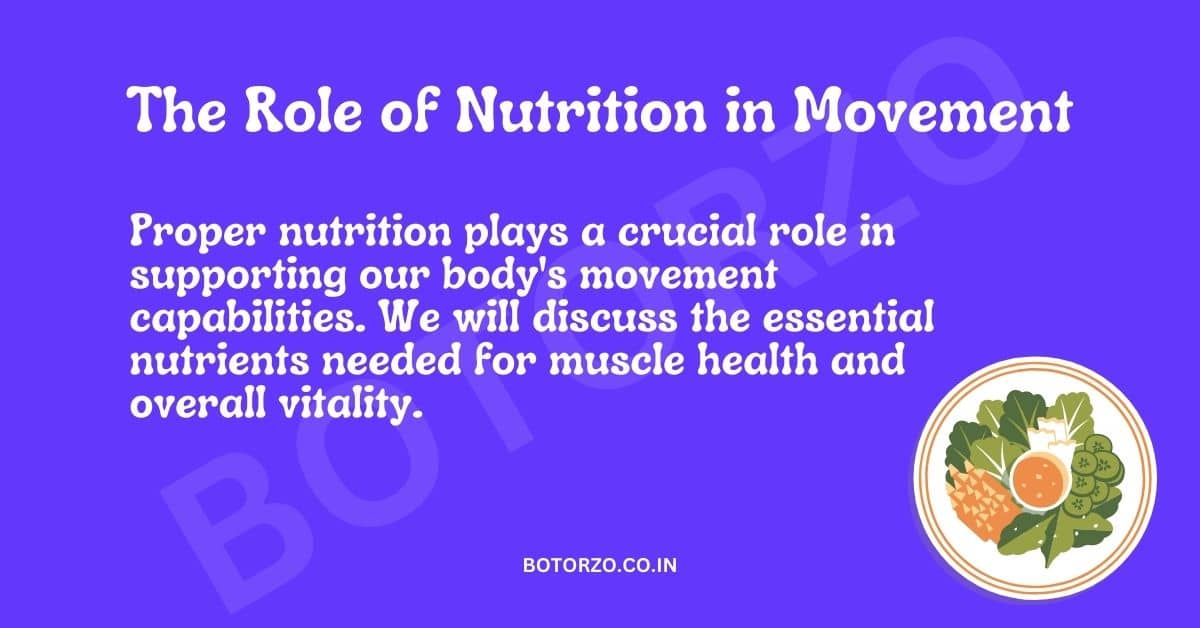
Proper nutrition plays a crucial role in supporting our body’s movement capabilities. We will discuss the essential nutrients needed for muscle health and overall vitality.
Cultivating Healthy Movement Habits
Instilling healthy movement habits from a young age is essential for lifelong well-being. We will provide tips and suggestions on how to encourage children to stay active and engage in regular physical activities.
The Connection Between Movement and Mind
Physical movement is not only beneficial for the body but also for the mind. We will discuss how regular exercise and movement can positively impact mental health and cognitive functions.
Conclusion
In conclusion, the human body and its movements are a marvel of nature. The synergy between our muscles, bones, and nervous system allows us to perform a vast array of movements, enriching our lives and enabling us to explore the world around us. Understanding the mechanics of movement and nurturing healthy habits can lead to a fulfilling and active lifestyle.
FAQs
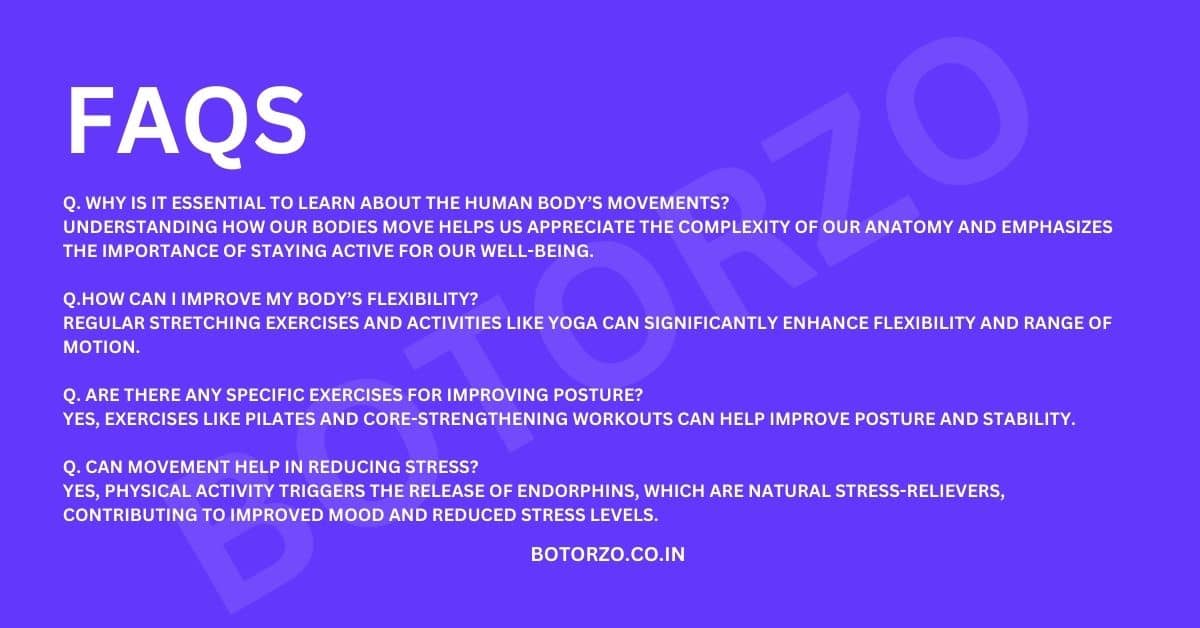
Why is it essential to learn about the human body’s movements?
Understanding how our bodies move helps us appreciate the complexity of our anatomy and emphasizes the importance of staying active for our well-being.
How can I improve my body’s flexibility?
Regular stretching exercises and activities like yoga can significantly enhance flexibility and range of motion.
Are there any specific exercises for improving posture?
Yes, exercises like Pilates and core-strengthening workouts can help improve posture and stability.
Can movement help in reducing stress?
Yes, physical activity triggers the release of endorphins, which are natural stress-relievers, contributing to improved mood and reduced stress levels.
Read About Engineering Content From Engineeringadda.in

Comments are closed.